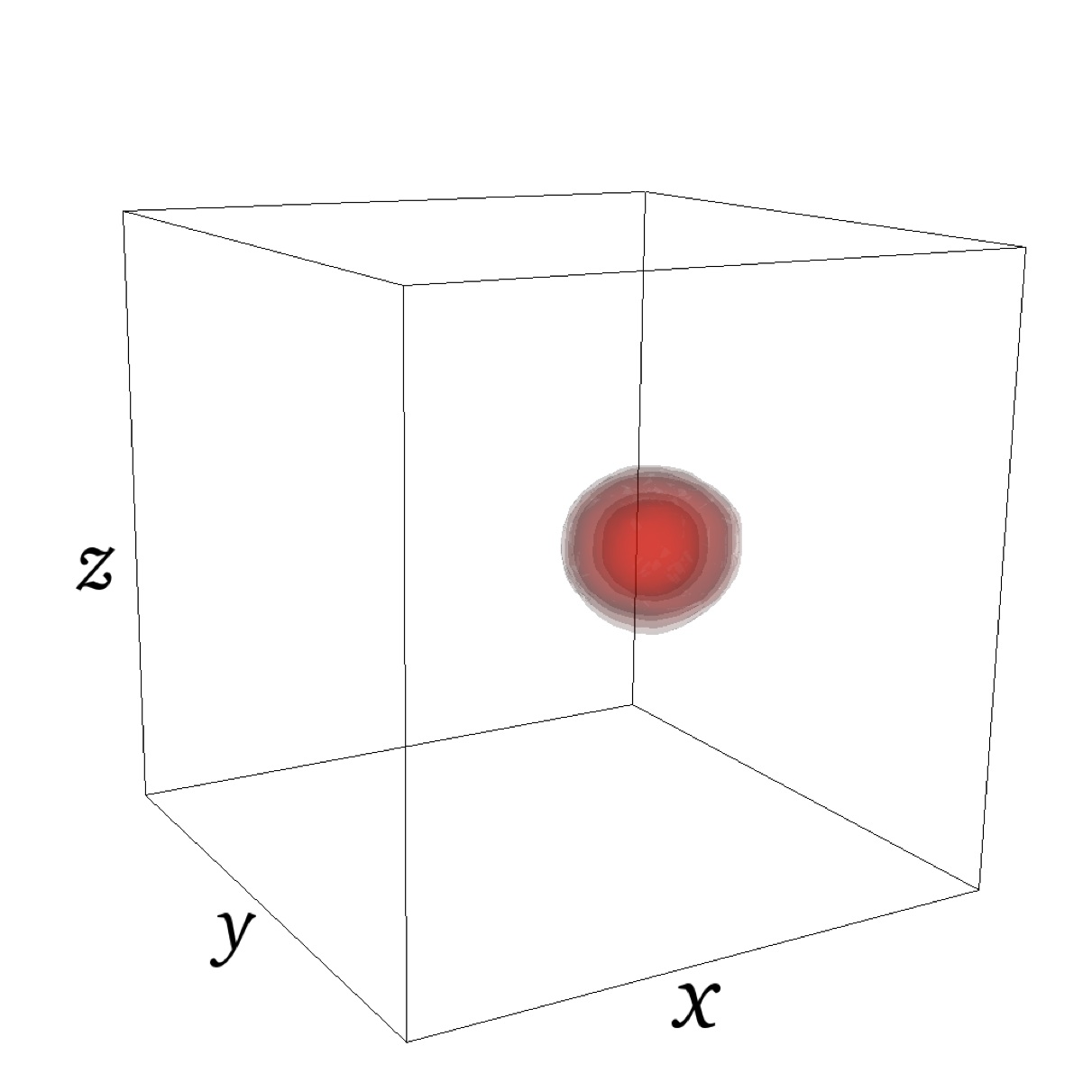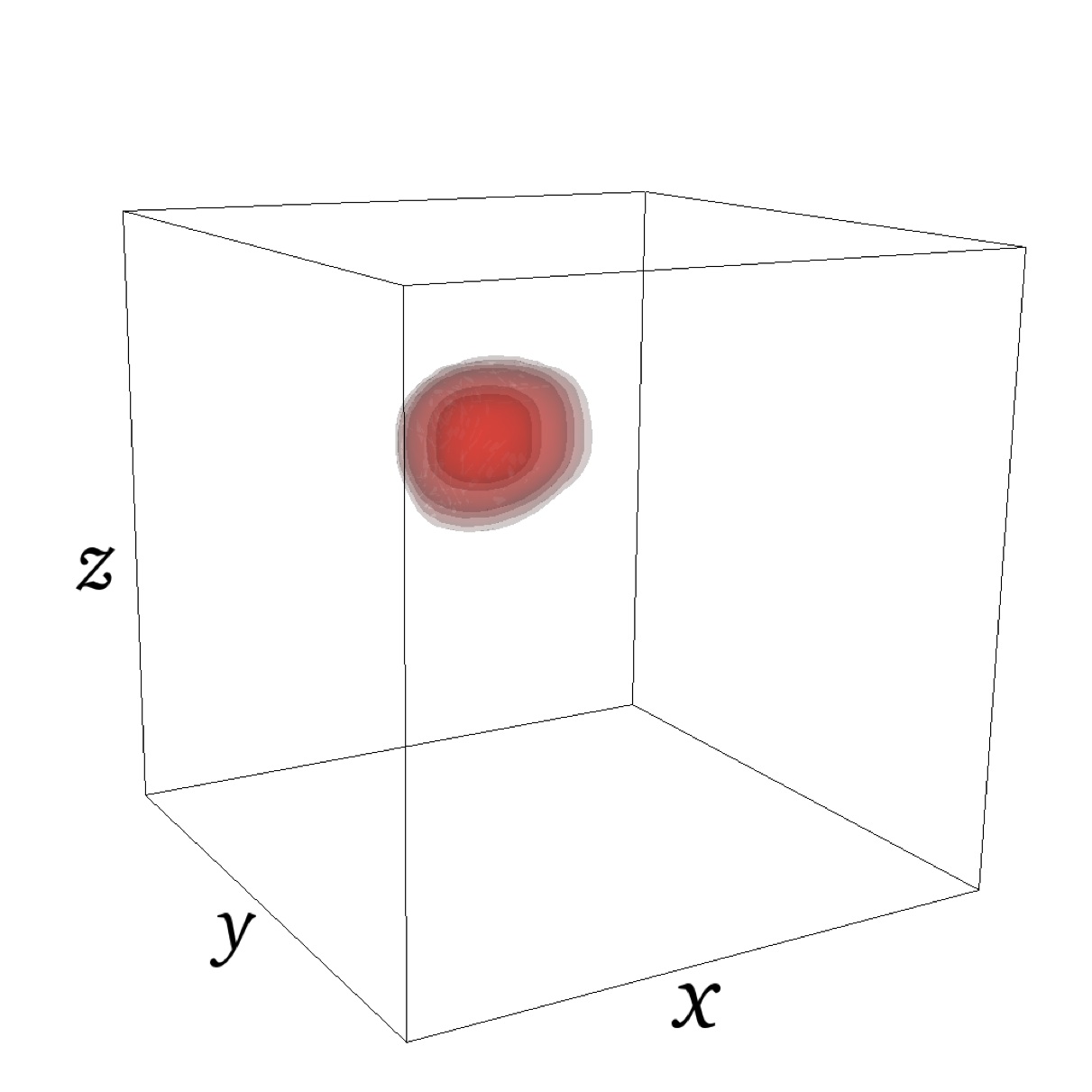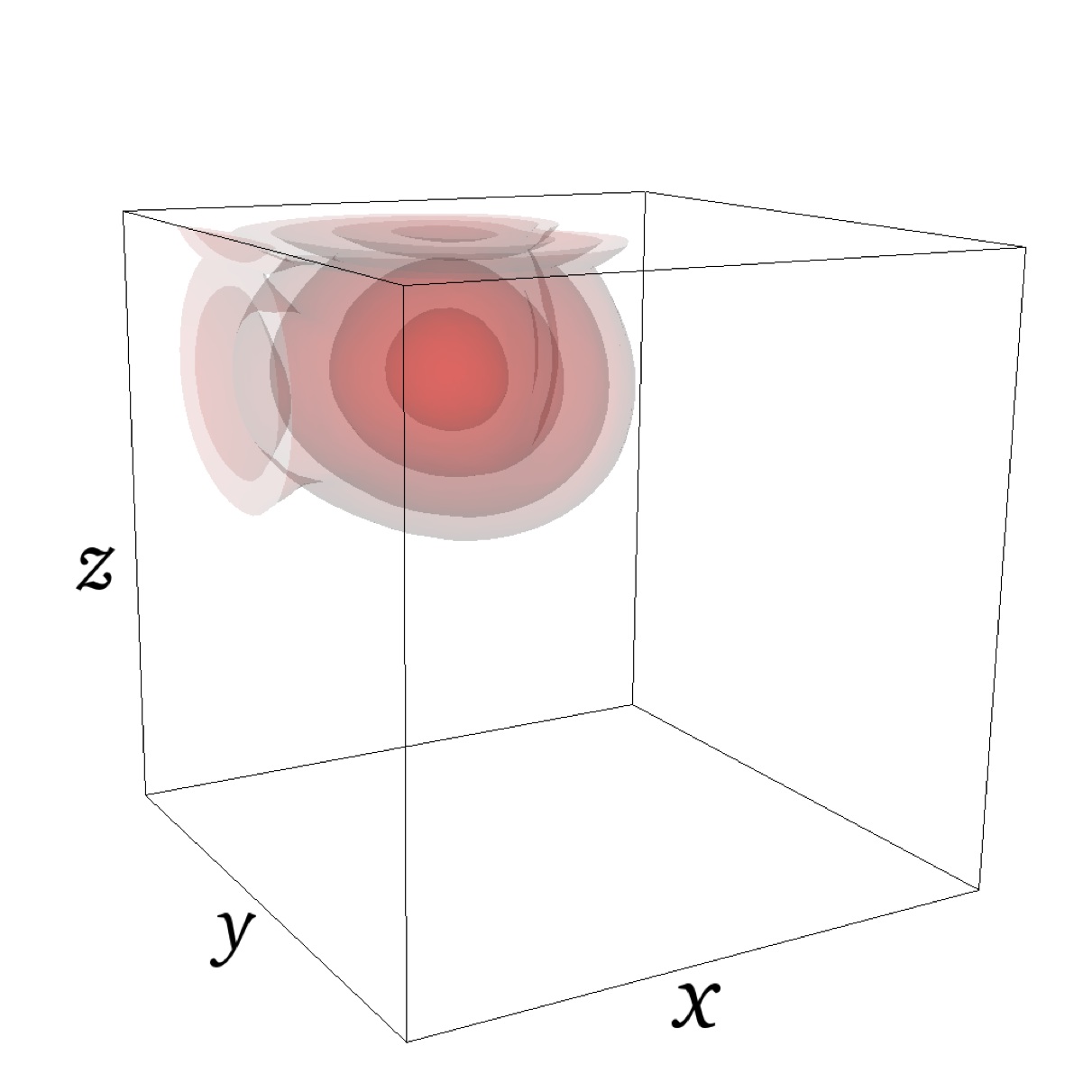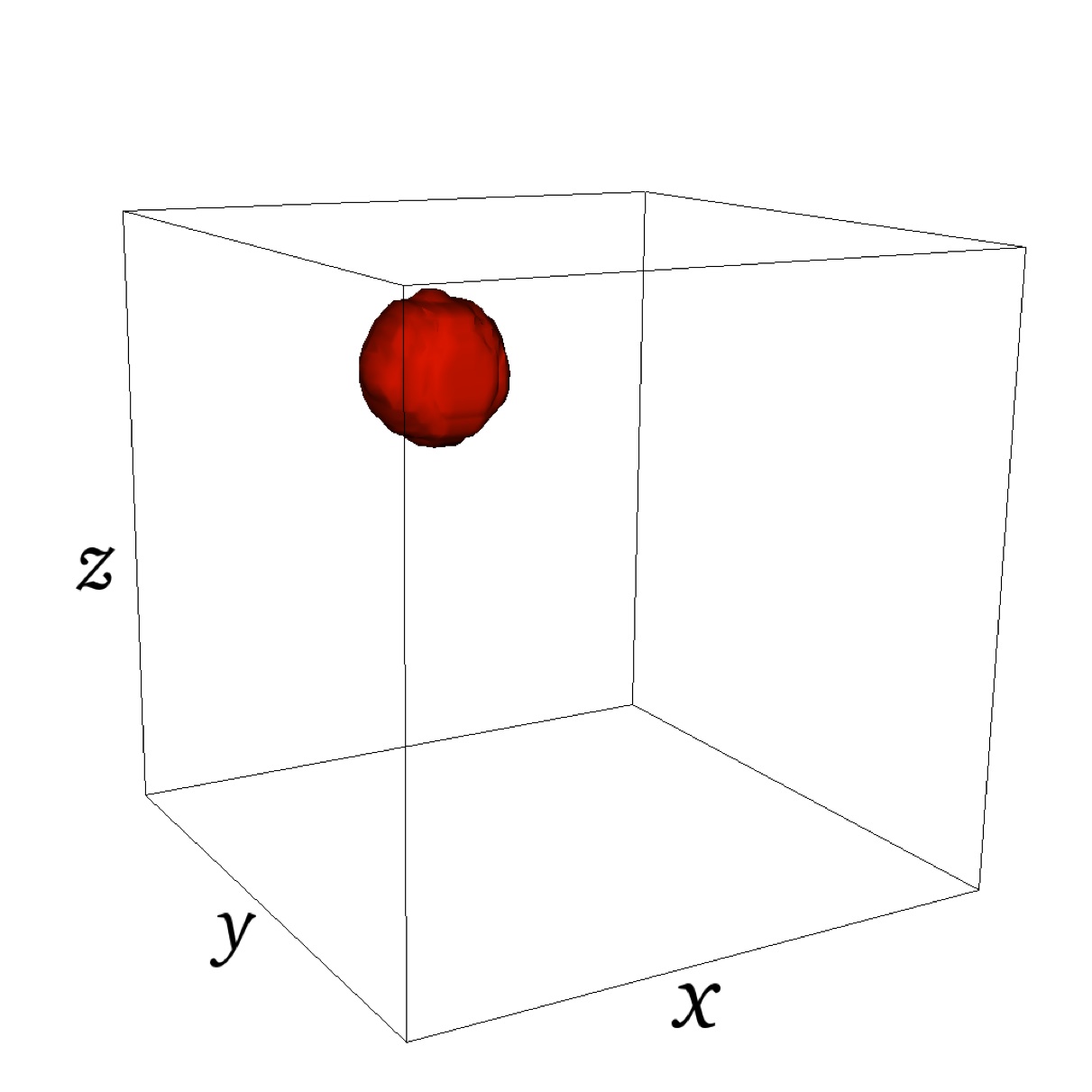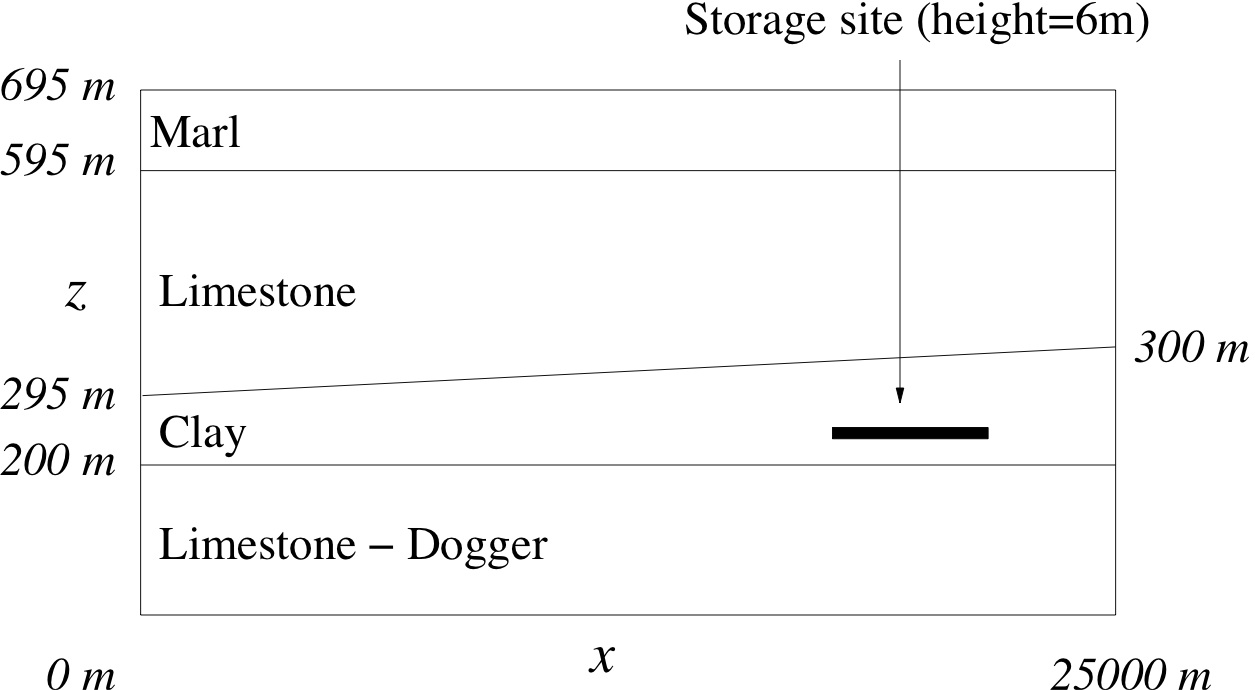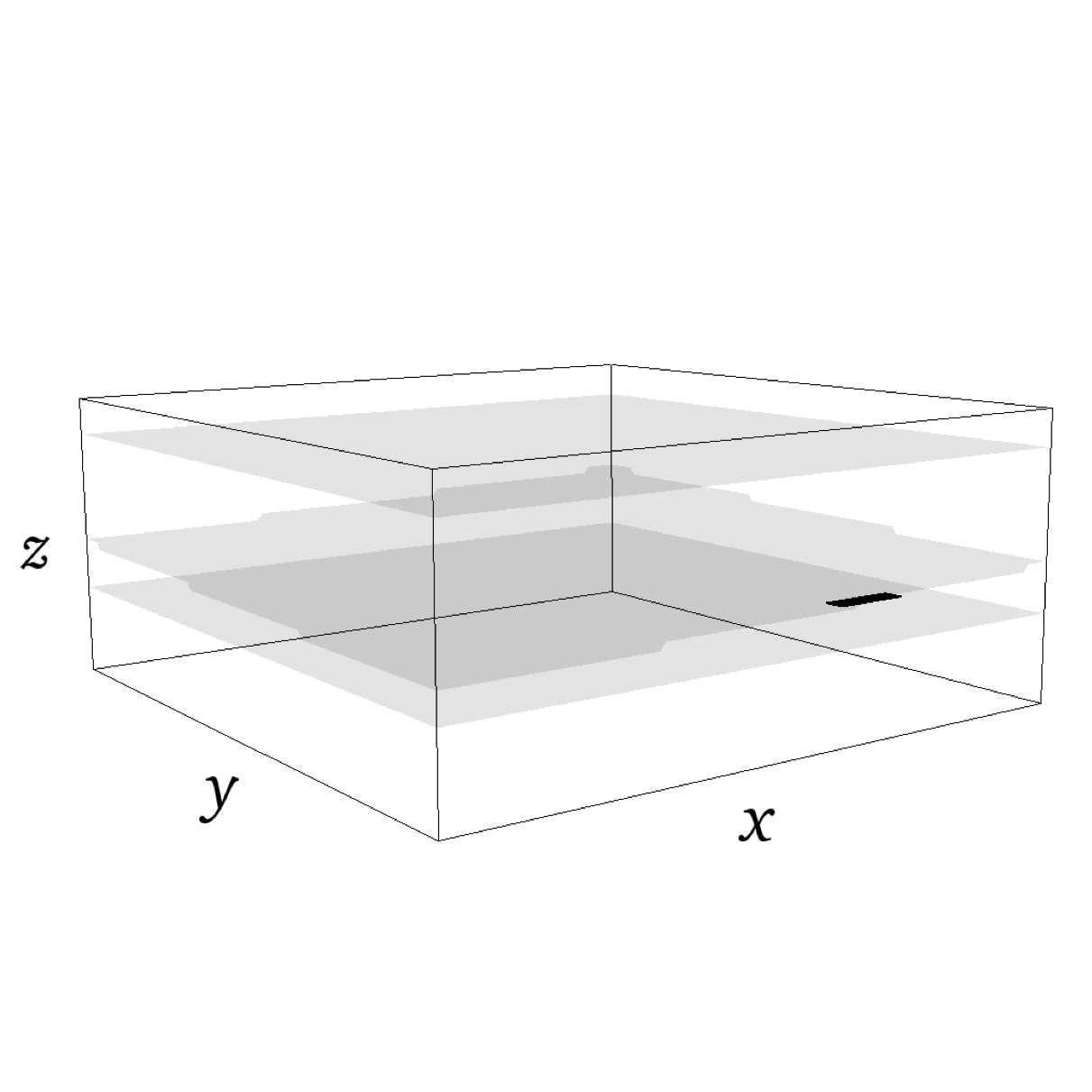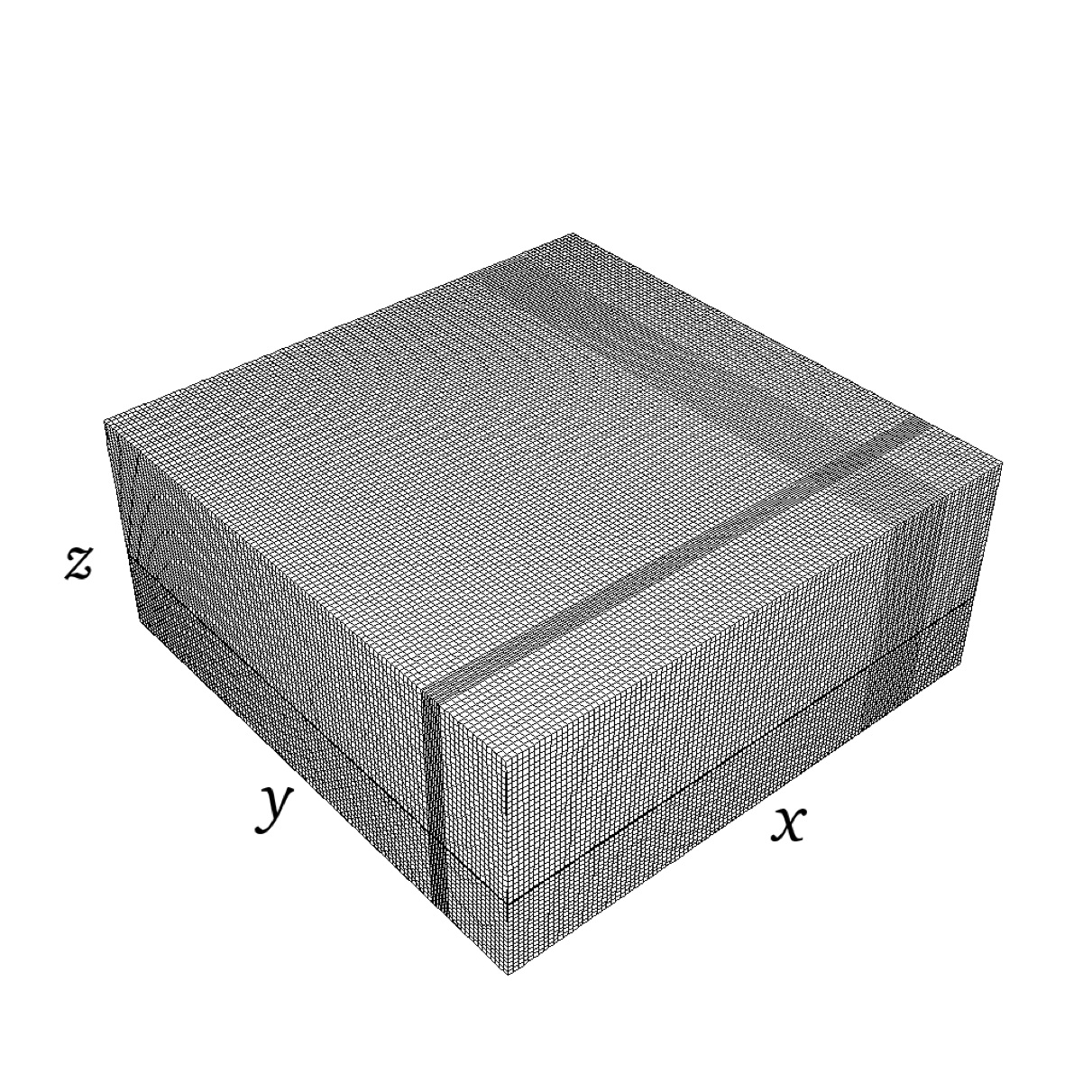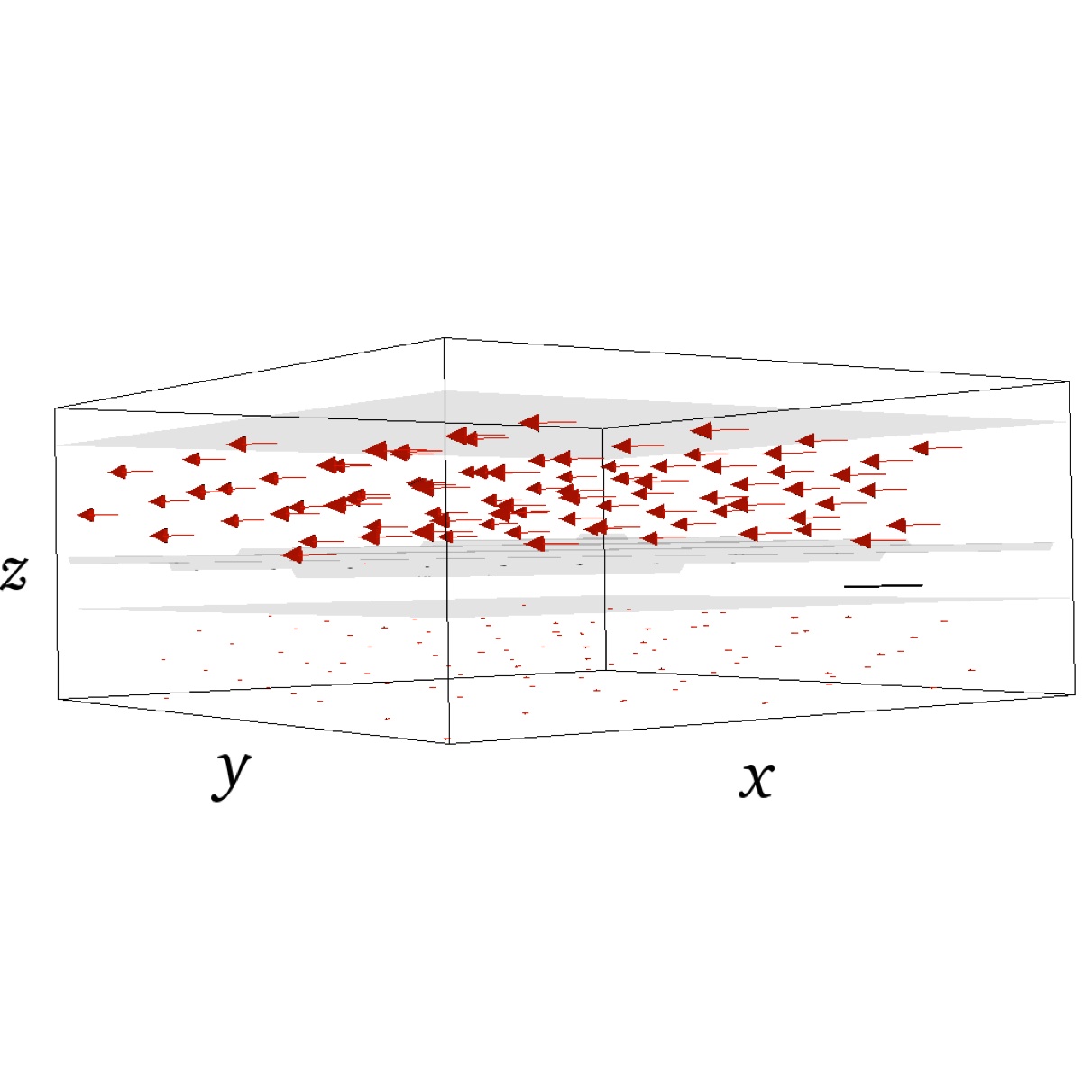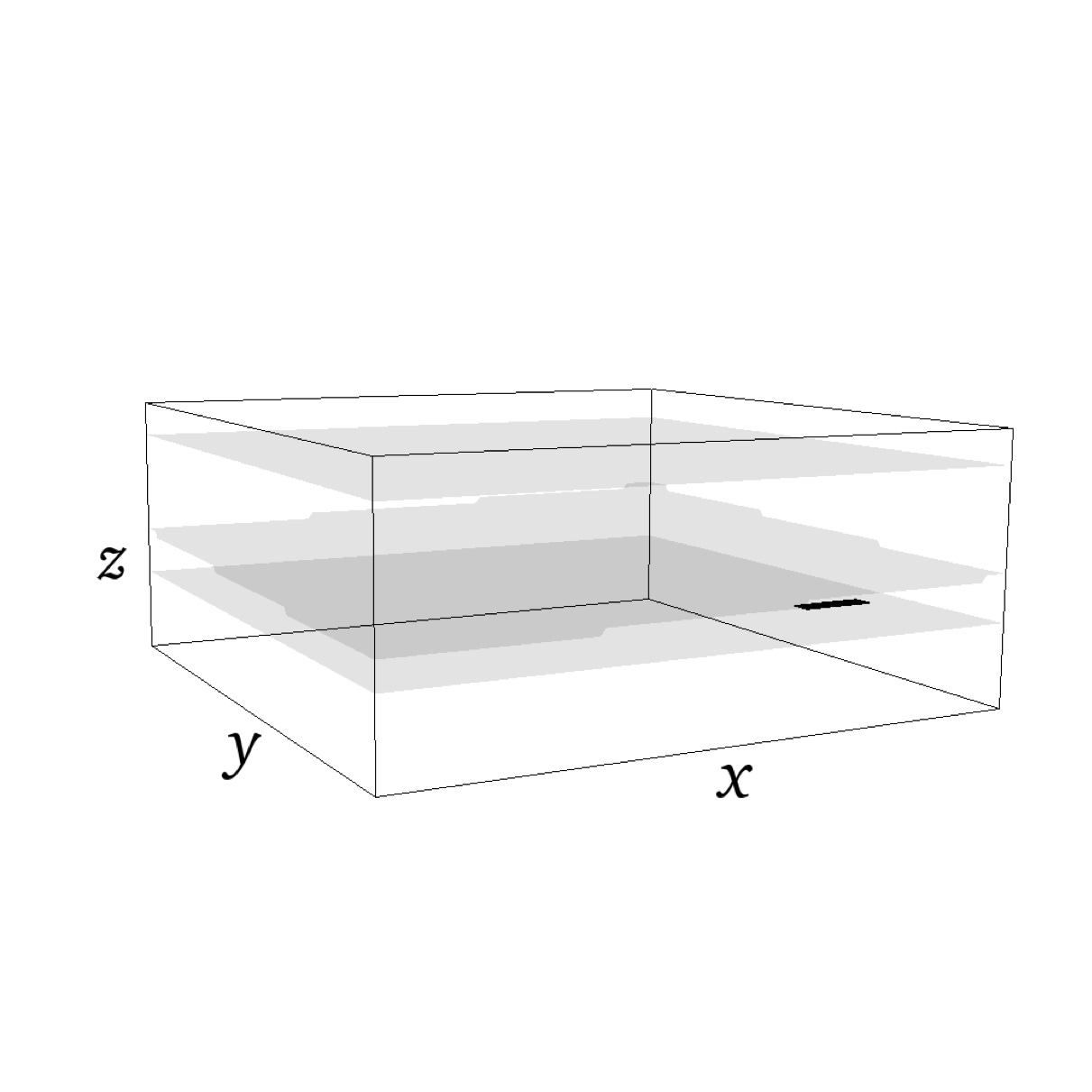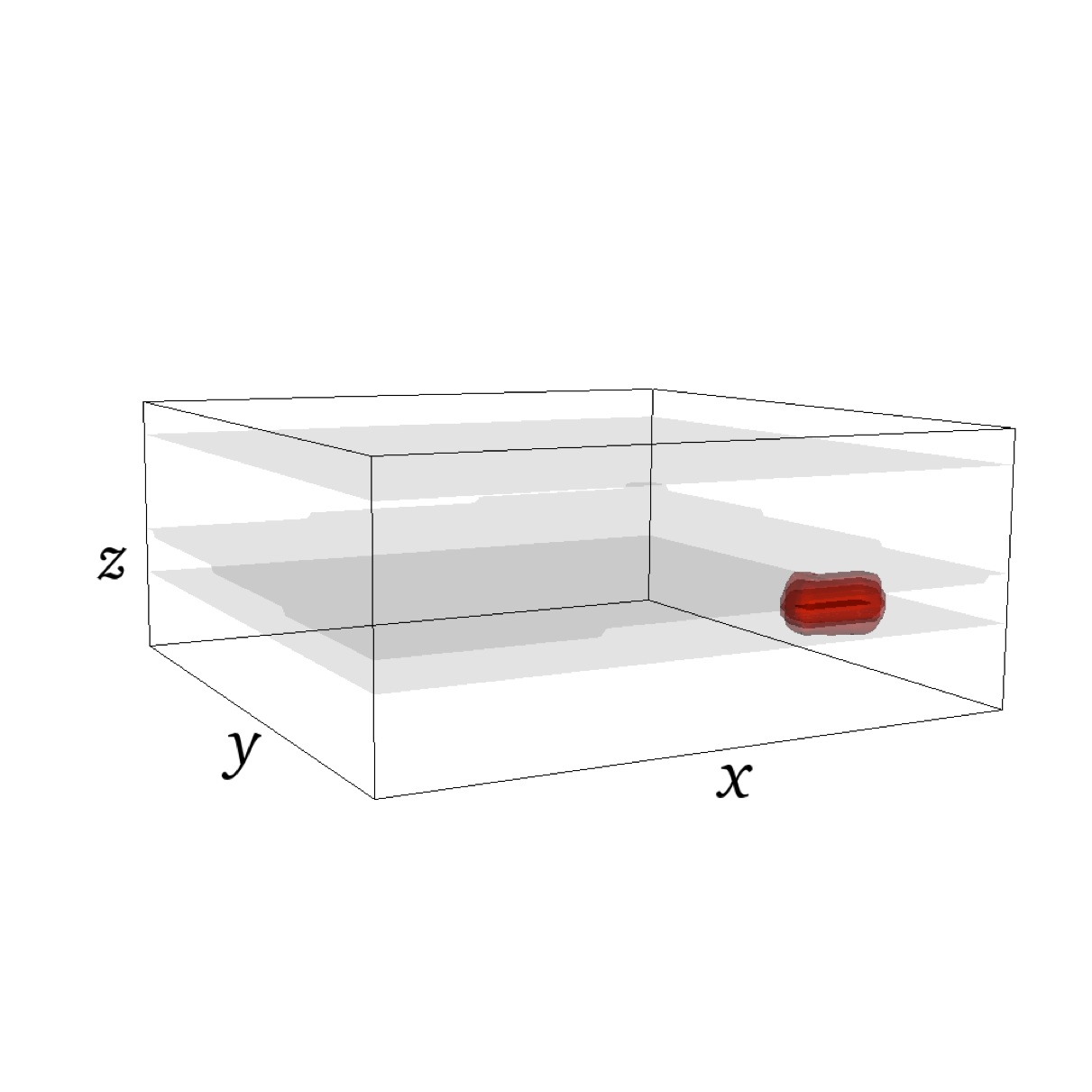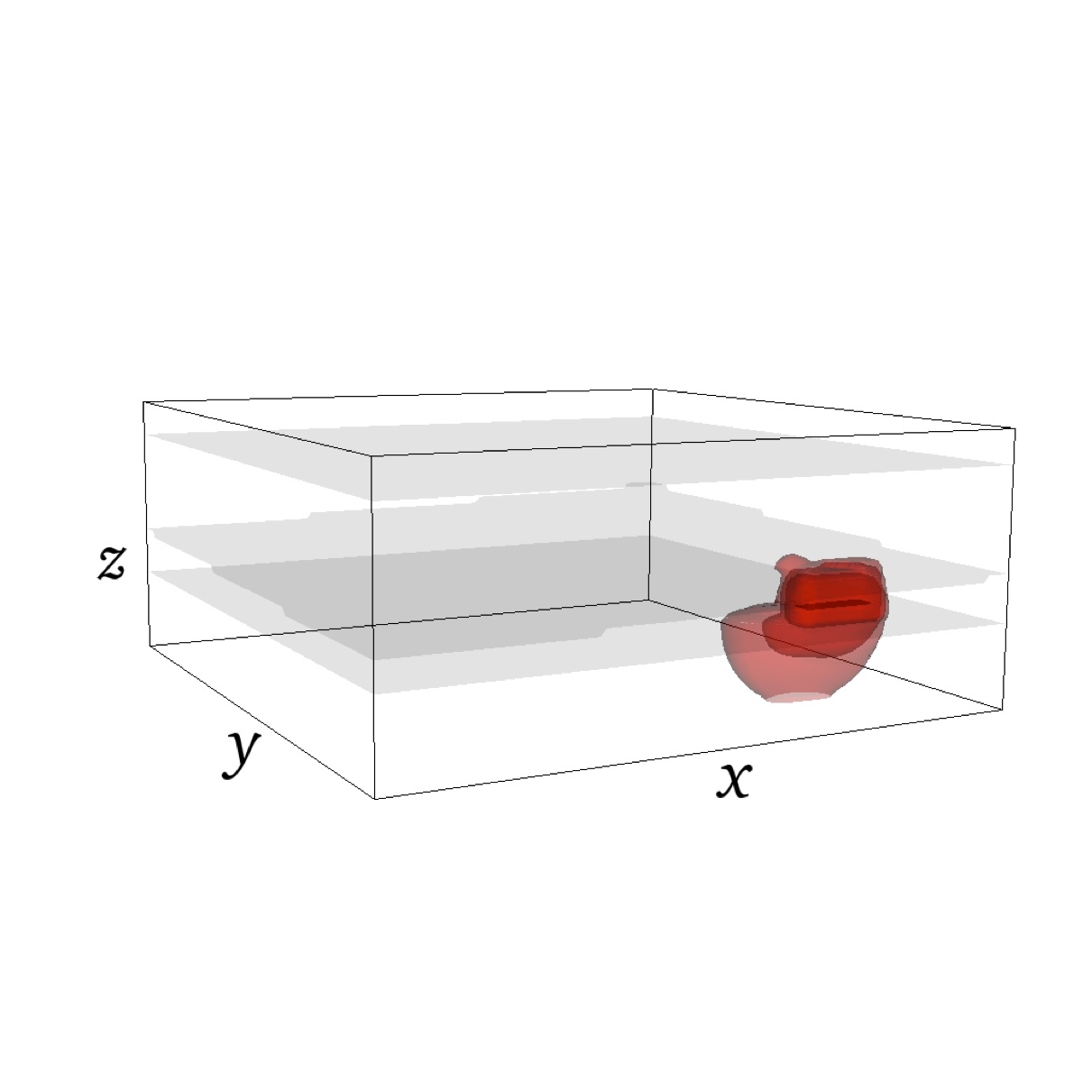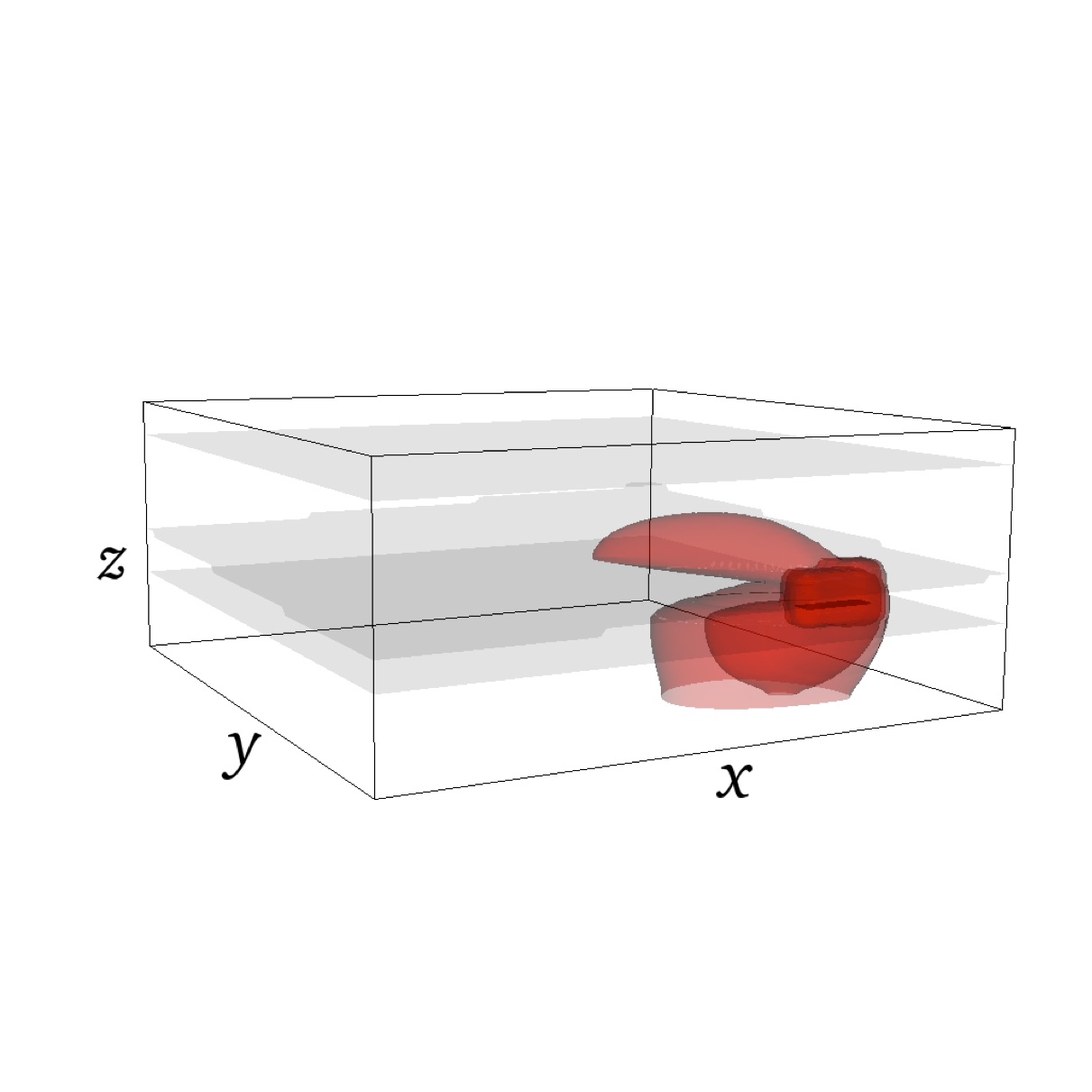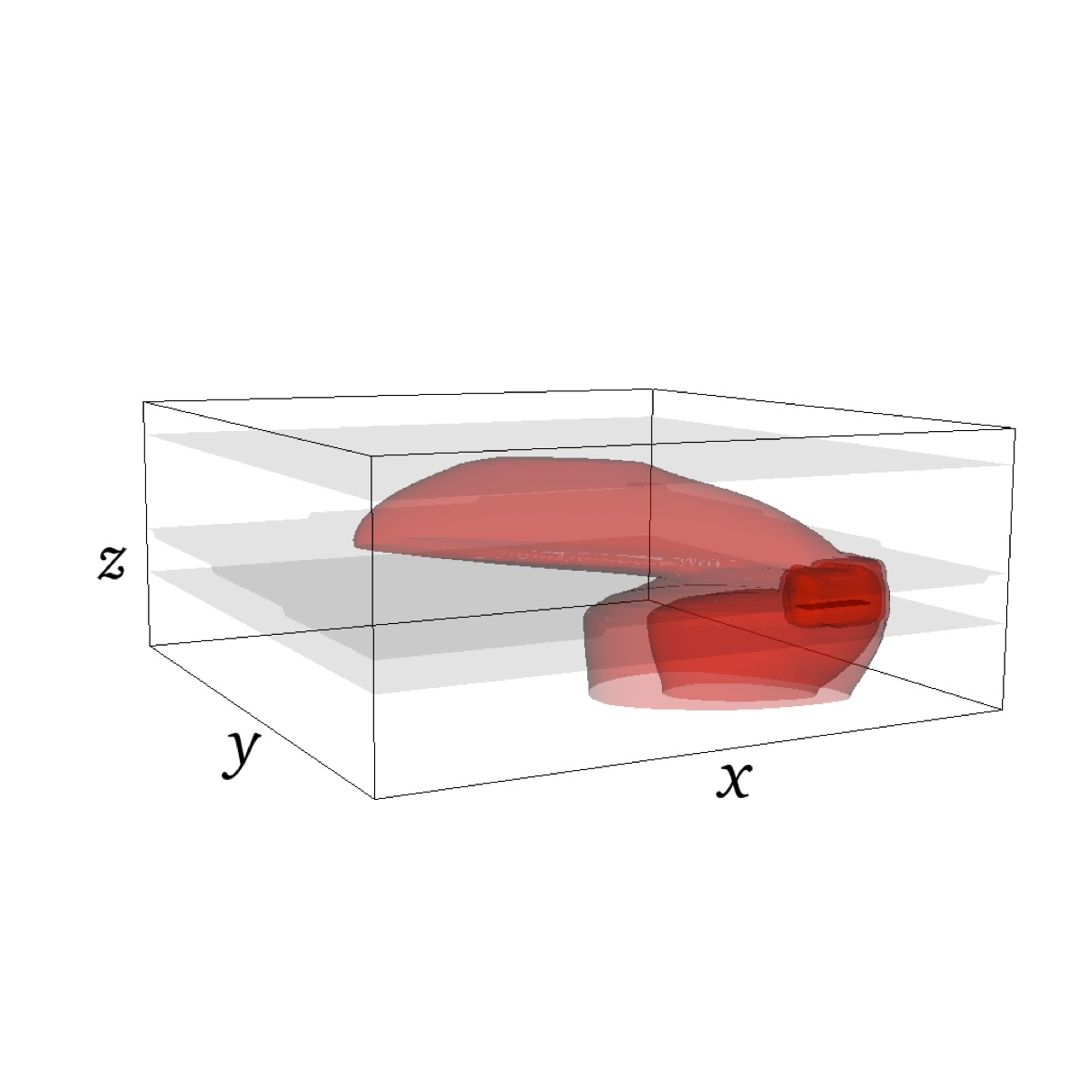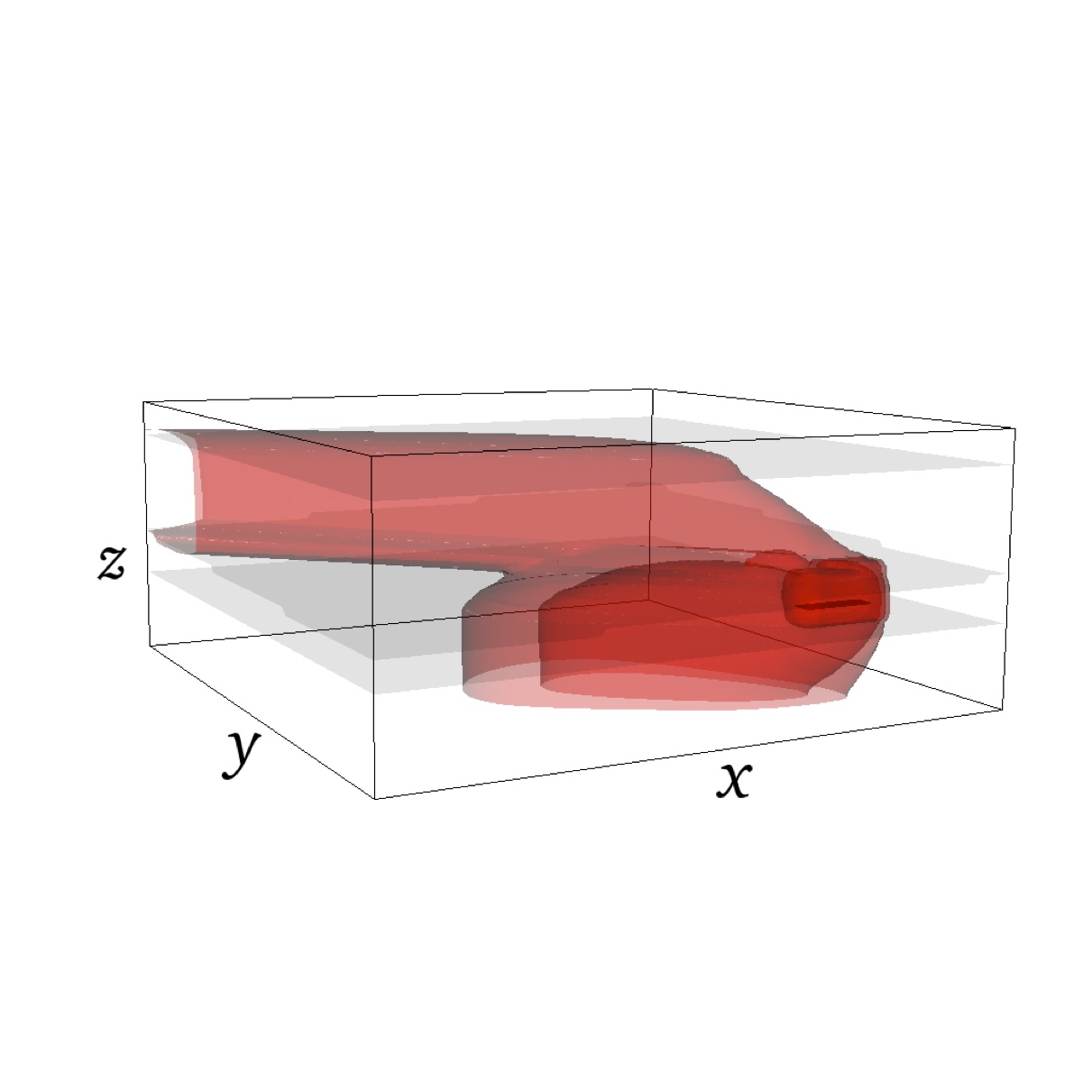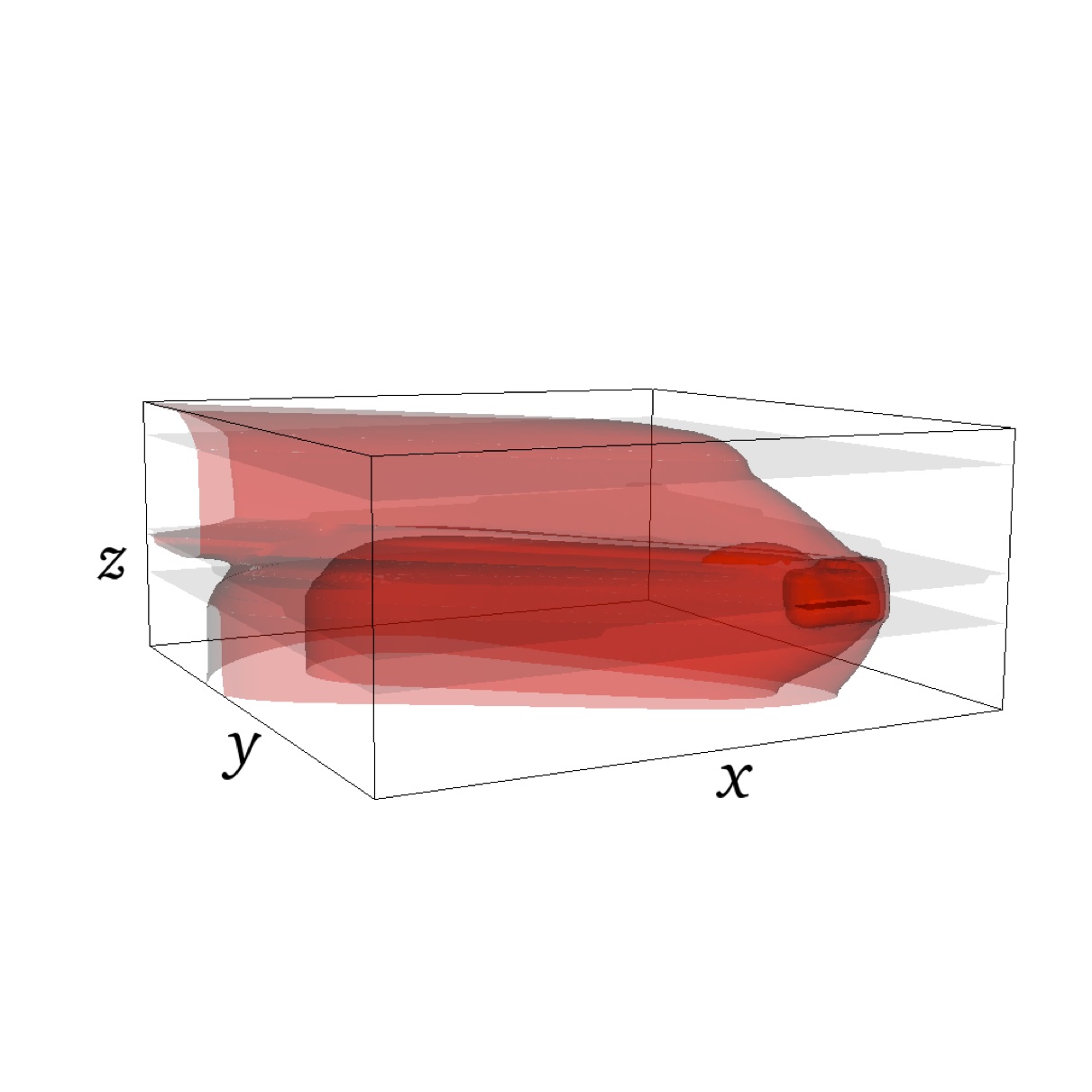
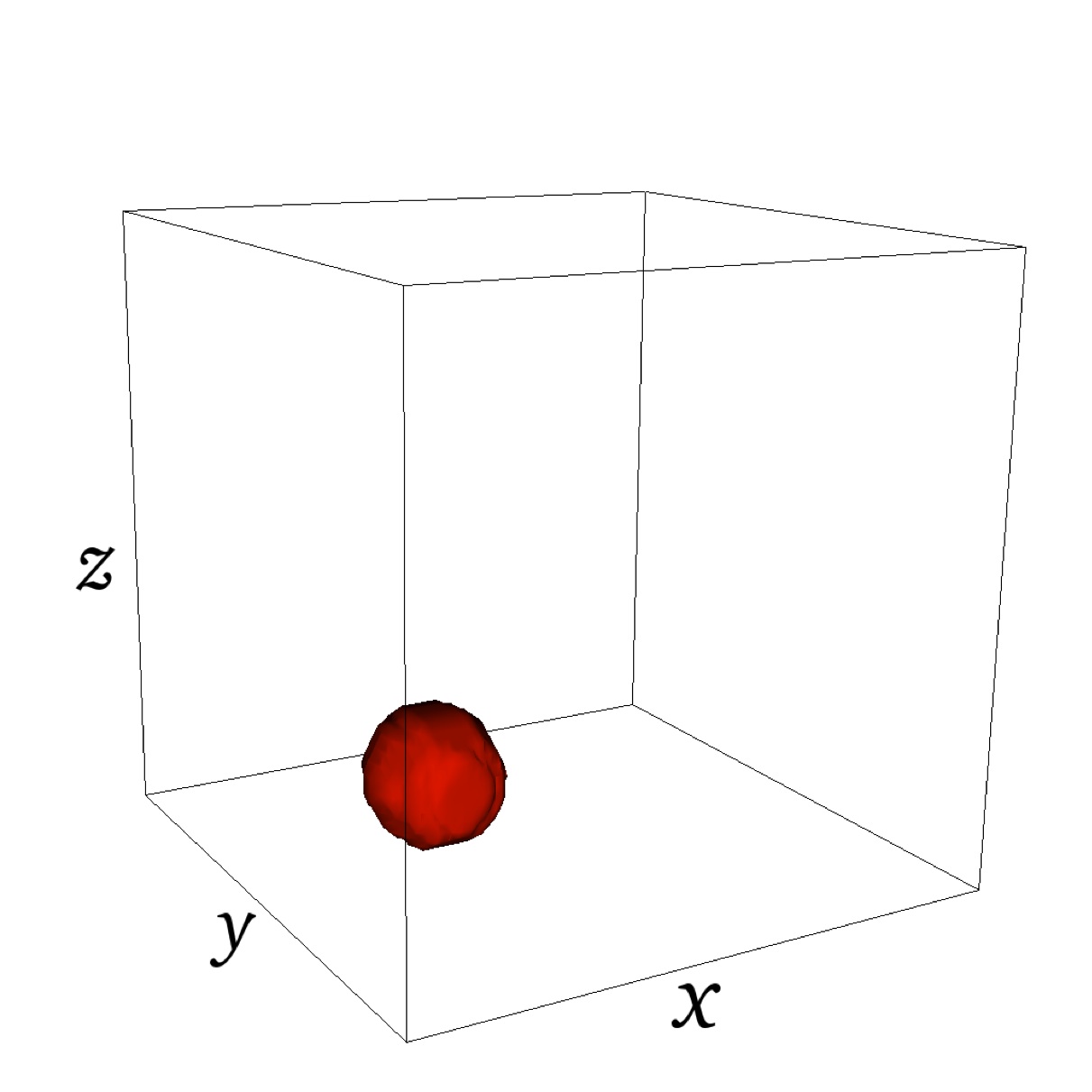
Mazen
Saad
in
collaboration with Fabien Marpeau
We present an efficient and easily
implementable finite volume method simulating radionuclide
transport through highly heterogeneous grounds in three space
dimensions. The numerical concentration of the transported
chemicals are proved to remain nonegative and stable.
Then, we run a realistic test case in which some radioactive
iodine I^{129} particles are released from a leak in an
underground nuclear waste disposal site. The question of whether
the radionuclide invades the undreground and reach the ground
surface is investigated.
For more information HERE.
Transport equation : We propose an efficient limited second order scheme, stable and positive.


